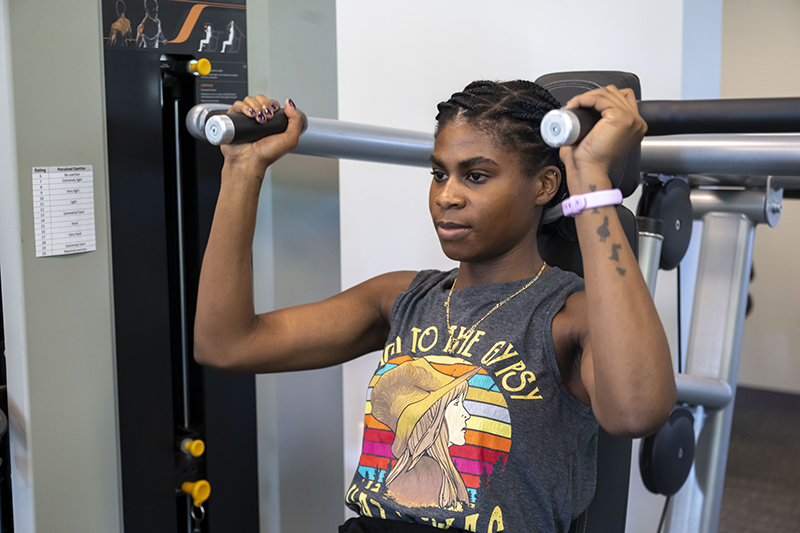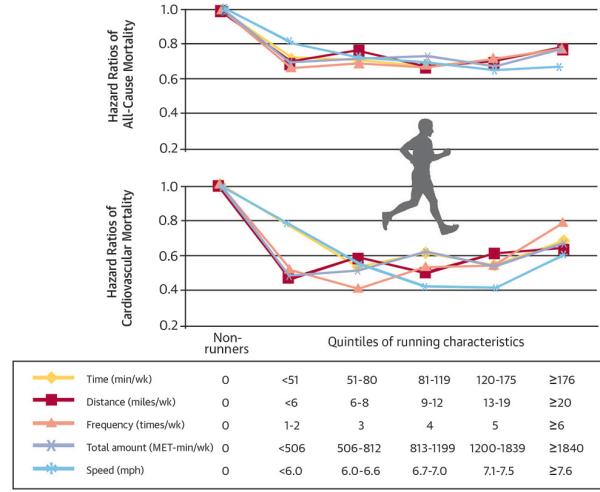
Coordinated by professor Duck-chul Lee (DC Lee)
The Physical Activity Epidemiology Lab at PARC conducts human research on the effects of physical activity, sedentary behavior, resistance and aerobic exercise training, cardiorespiratory fitness, and muscular strength, on various health outcomes such as diabetes, obesity, cancer, sarcopenia, and cardiovascular disease (CVD) morbidity and mortality in adults and older adults. Methodologically, this research involves a comprehensive epidemiological approach that includes both large observational (cohort) studies and randomized controlled trials of exercise.
Research Area
Big Data Analyses on Physical Activity and Chronic Disease Prevention and Longevity

Read an article from The New York Times, "Running 5 Minutes a Day Has Long-Lasting Benefits.”
Our lab investigates the associations of physical activity with the development of chronic diseases and premature mortality using large cohort studies such as the Aerobics Center Longitudinal Study (ACLS) in over 80,000 adults. We have published more than 100 papers using several big cohort data, and one paper published in the Journal of the American College of Cardiology (JACC) on leisure-time running and mortality has been featured in over 350 major media outlets around the world including US national TV (NBC & ABC) and magazines such as The New York Times, CNN, and The Washington Post.
Currently, we are working on over 20 research projects using several national and international big cohort data including the ACLS, Physical Activity and Aging Study (PAAS), UK Biobank, etc. These studies will have a direct impact on the development of public health policy and guidelines (e.g., U.S. and WHO Physical Activity Guidelines).
Randomized Controlled Trials of Exercise Training on Chronic Disease Risk Factors
One of our specific research interests in the lab is to test the health benefits of resistance exercise such as weight lifting, independent of and combined with aerobic exercise. The current Physical Activity Guidelines have primarily focused on aerobic exercise for health benefits, but little is known about the health effects of resistance exercise. For example, we conducted a 1-year long “CardioRACE“ exercise trial in 406 adults with overweight/obesity, which was funded by NIH and published in the European Heart Journal. This study was designed to compare the relative benefits of aerobic vs. resistance exercise to hemodynamics, glucose metabolism, blood lipids profiles, body composition, inflammatory markers, and other well-established and emerging CVD risk factors.
Dr. Lee’s research team is currently conducting another NIH-funded exercise trial called “DoReps“ to help fill important gaps in knowledge on effective minimum dose, beneficial optimal dose, and safe maximum dose of resistance exercise for CVD prevention and explore possible biological mechanisms (e.g., arterial stiffness, immune function) linking resistance exercise to CVD risk. Learn more on the DoReps project page.
